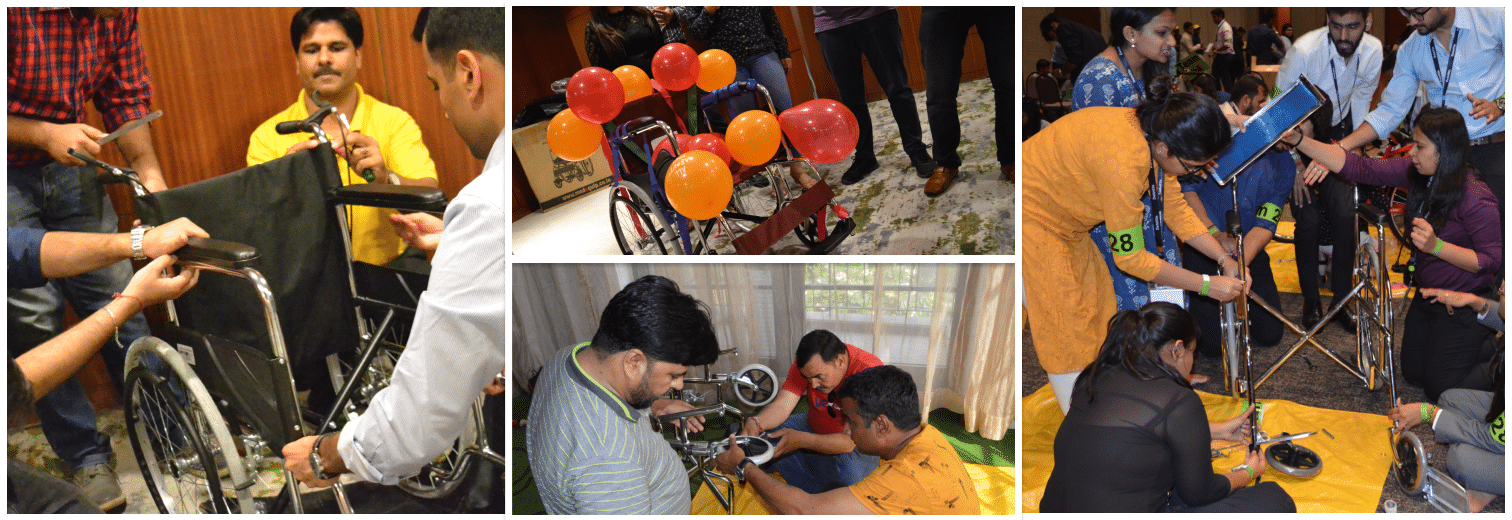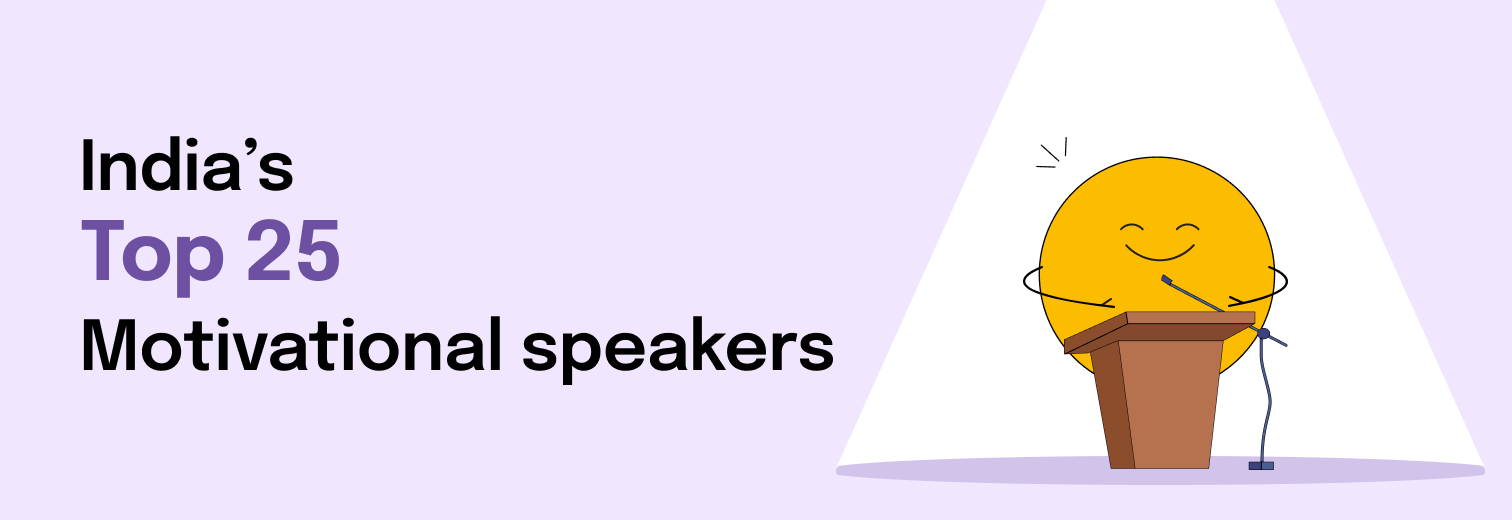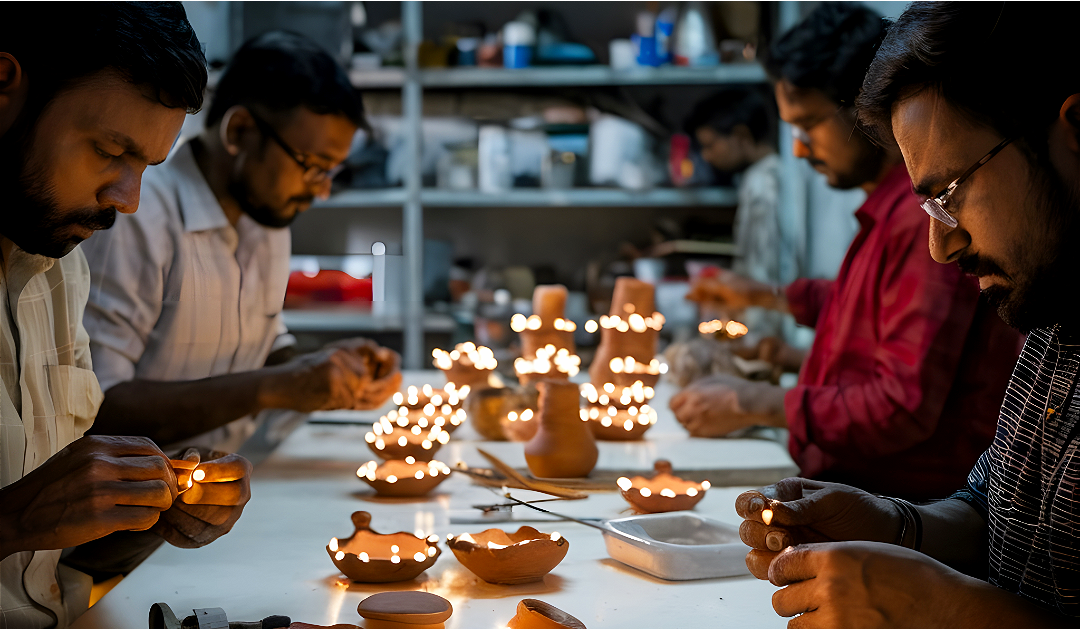Introduction: Leadership Reimagined for a Post-Pandemic Era
Table of Contents
During the pandemic, something remarkable happened inside organisations – talent emerged from unexpected corners. Mid-level employees, frontline managers, and even newly onboarded team members rose to the occasion, displaying agility, ownership, and creativity under pressure.
In our experience at FocusU, working closely with both leadership teams and functional contributors during this time, we saw firsthand how empowered teams outperformed expectations. The top-down hierarchy was quietly replaced by fast-moving networks of collaboration. It was messy. It was unpredictable. But it worked.
And now that the dust has settled, a new question arises: How can leaders honour the spirit their teams demonstrated during the pandemic – and build on it?
Related Reading: CRISIS: A Recipe for Good Team work
A Crisis Unveiled Unexpected Strengths
The pandemic upended conventional operating structures. Across sectors, employees showed a bias for action. They used limited resources to create scalable, practical solutions – often bypassing traditional approvals and silos.
Whether it was deploying digital tools for remote selling, cross-functional alliances to solve bottlenecks, or simply taking on more than their roles demanded – teams did what needed to be done.
In our observation, many organisations discovered that their most reliable innovators weren’t necessarily in senior leadership but in the trenches. These were people closest to the customer, the process, and the pain points.
Related Reading: How To Lead Empathetically During a Crisis?
The Post-Pandemic Challenge: Sustaining Momentum
Now that the urgency of the crisis has passed, many organisations risk slipping back into the comfort of bureaucracy. We’ve seen this in several engagements: the return of approval layers, rigid KPIs, and role silos.
But here’s the issue: the “old normal” is no longer adequate.
Teams that once operated with autonomy, urgency, and creativity may now feel constrained by the very structures that were temporarily suspended during the crisis. The risk? Disengagement, loss of agility, and a silent exodus of entrepreneurial talent.
L&D Insight: In our leadership programs, we’ve noticed that what people crave post-crisis isn’t more direction – it’s more empowerment.
Related Reading: CARE: A Modern Leadership Framework for a Changing World
What Needs to Shift? Mindsets, Not Just Processes
To lead in this new era, senior leaders must move beyond recovery and into reimagination. This isn’t about going back to normal – it’s about building a new one.
Here’s what we’ve found works:
- From command-and-control to trust-and-track: Replace micromanagement with systems of shared accountability.
- From perfect solutions to adaptive execution: Don’t wait for the perfect strategy. Empower teams to experiment and iterate.
- From approval culture to idea meritocracy: Flatten the decision-making and create forums where the best ideas win.
L&D Takeaway: Future-focused leadership development must incorporate agility, experimentation, and psychological safety as core competencies.
Case in Point: Swiggy’s Formula One Mindset
A compelling example from India is Swiggy, whose decentralised leadership approach resembles a Formula One team.
In this model:
- Restaurant delivery team leaders act as drivers — accountable for outcomes.
- The Net Promoter System acts as the pit crew — offering real-time insights and support.
- The leadership role becomes that of an enabler — removing obstacles, not adding checkpoints.
This model blends freedom with constraints, allowing for innovation without chaos.
In our experience, organisations that adopt similar micro-entrepreneurial units within larger systems see faster decisions, higher ownership, and better customer alignment.
The Illusion of the Perfect Plan
Another lesson that’s surfaced is this: Good enough is often better than perfect – especially when speed matters.
The pandemic taught leaders that a 70% plan executed now often beats a 100% plan that takes six months. And that bold execution builds confidence and momentum.
According to Bain & Co., over 75% of CEOs reported accelerating strategic decisions during the pandemic. Many of these leaders now see their teams not just as executors of strategy, but co-creators.
L&D Insight: Help leaders unlearn the perfection trap. Encourage rapid prototyping, feedback loops, and course correction.
From Top-Down to Bottom-Up Strategy
The top-down approach is showing its limits. The best solutions often come from the frontlines — those who feel the friction firsthand.
Try this instead:
- Host co-creation sessions for new initiatives
- Allow teams to define how, when, and what they’ll deliver
- Build listening loops through pulse surveys, retrospectives, and informal feedback platforms
In our leadership sessions, we encourage teams to adopt the mantra: “Nothing about us, without us.”
5 Shifts for the New Leadership Model
A recent HBR article outlined five actionable shifts for leaders. In our work, we’ve expanded on these to apply them across levels:
1. Include Everyone in the Planning Process
Don’t just set goals – discuss how to achieve them. Create space for cross-functional brainstorming.
2. Make Heroes Visible
Celebrate and amplify the stories of mid-level doers who stepped up. These stories serve as culture-shaping artefacts.
3. Embrace Constructive Conflict
In our experience, the best ideas often emerge from tension. Encourage respectful debate and dissent.
4. Shift From ‘Control’ to ‘Clarity’
Let go of micromanagement. Focus instead on clear outcomes, boundaries, and decision rights.
5. Invest in Learning Agility
Encourage learning sprints, internal mentoring, and reverse mentoring. The goal is to build adaptability, not just expertise.
Reimagining Your Role as a Leader
If your team stepped up when it mattered most – it’s time to ask: What kind of leader do they now need you to be?
- One who sets direction, but doesn’t dictate method?
- One who shares power, not just responsibility?
- One who creates systems that enable more leaders to emerge?
In our coaching engagements, we’ve observed that the most inspiring leaders post-pandemic are those who let go of ego and leaned into empathy.
Related Reading: Leaders Eat Last: Building Trust and Empathy for High-Performing Teams
Final Thoughts: The Moment to Evolve is Now
The pandemic was an unplanned stress test. But it also revealed hidden strengths, untapped creativity, and the potential for a new leadership paradigm.
Your team showed up for the organisation when it needed them. Now, they’re looking to you to show up – differently.
So ask yourself:
- Am I enabling or controlling?
- Am I listening enough?
- Am I creating space for new ideas to surface?
Because in our experience, when teams feel trusted, included, and empowered — they don’t just perform better. They transform the organisation.




